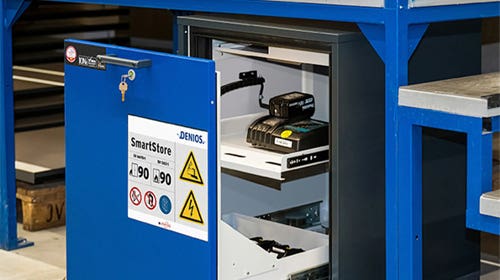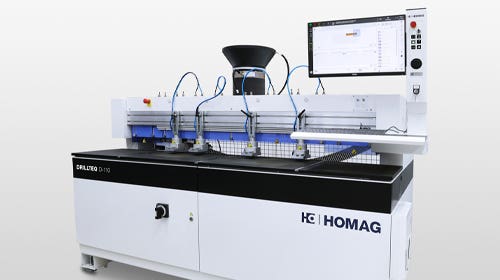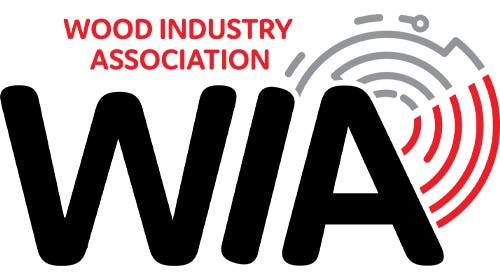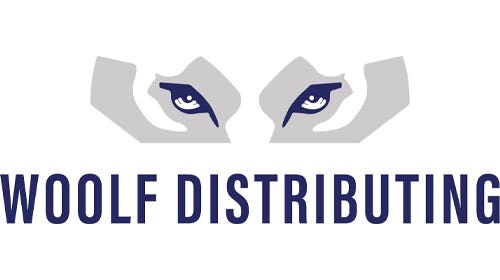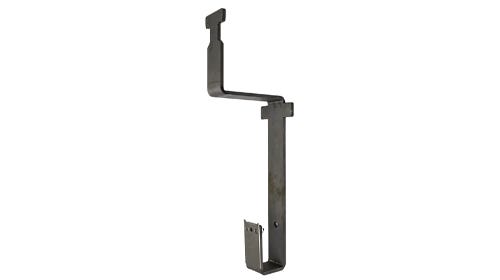Exotics are in high demand
No matter the species, U.S. buyers are craving exotic woods, according to suppliers and importers interviewed by Woodshop News.
No matter the species, U.S. buyers are craving exotic woods, according to suppliers and importers interviewed by Woodshop News.
Fabs Corte of Cormark International, an importer in Weaverville, N.C. says everything in the exotic wood category is popular these days.
“I think with the uptick in the economy and global demand in general, everything’s selling pretty fast from commodities to the lesser known species,” says Corte.
“We always find that more vibrant species are always in demand like canary wood, (African) padauk and purpleheart. They have these vibrant colors that people like and they use them for different projects. Those are always hot.”
However, port congestion, not necessarily related to wood shipments, is interrupting the supply chain, Corte says.
“Whatever commodities are shipping locally is causing a shortage of container space on ships, so lead times have increased more than normal, especially for species coming out of west Africa. And with the longer lead times, the importers that would order from a typical supplier are jumping to another and depleting their inventory because they’re striving to get the material.”
Rocky Mehta of West Penn Hardwoods in Conover, N.C., says the mahoganies, sapele, Spanish cedar, purpleheart and padauk are the most widely available. “Then the next level of high-end exotics, like wenge and zebrawood, fewer companies are bringing in. All of them are doing well and the availability is becoming difficult,” says Mehta.
Mehta says that for the past two years he’s been introducing two lesser known exotics from Costa Rica to customers that are gaining ground in the U.S.
“They are not new but there’s more coming into the U.S. of guanacaste, also known as Spanish walnut, and monkeypod, these two species are where I see the highest movement and the fastest movement because they’re available in big wide slabs and available in 4/4 and 8/4, and the availability is pretty decent. These are available in live edge slabs, a hot commodity, and a lot of people want it for coffee tables, dining tables and other furniture.”
Mehta says guanacaste and monkeypod, which are rich in color and figure, and have excellent workability, range in price from $9-$12/bf in retail quantities.
“At least for us, the top two are sapele and African mahogany. They have been for a while,” adds Bob Laurie of L.L. Johnson Lumber Mfg. Co. in Charlotte, Mich. “There’s also ipé from South America. It’s more of a decking wood, not for furniture or trim or anything, but probably the best decking wood available.”
This article originally appeared in the September 2018 issue.


